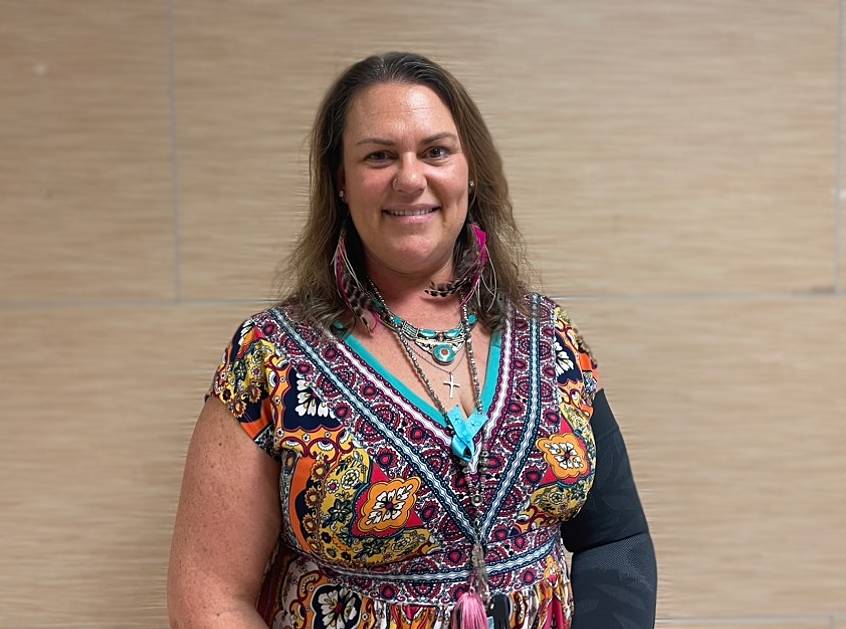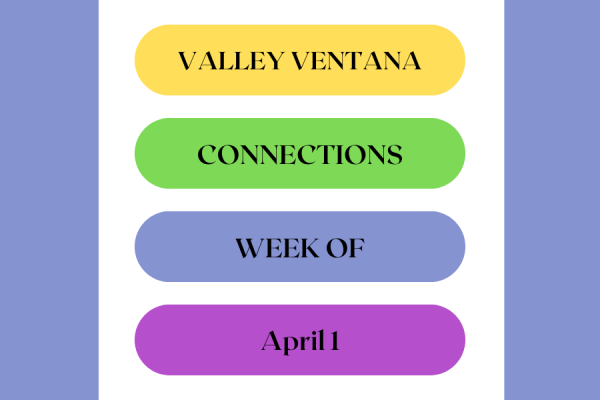Where’re the books?: Drawbacks to online texts pose problems

English Anguish: Sophomore Antonio Mendoza writes an essay on Lord of the Flies while referring to the digital book on his tablet.
December 1, 2015
Lucy Capt’s students in Advanced Placement U.S. History found out the first week of school they would be using online texts to prepare for their test in May.
“It’s much harder for me (to learn) without a book.” junior Aubrey Medrano said. “I am a visual learner but not in the case that the book is online.”
Capt lobbied administration for textbooks and even secured signatures from those students who wanted to use a real book. Her efforts resulted in a 50 extra textbooks from the publishing company, but it was still not enough to address the needs of her 110 students.
This dilemma has played out in classrooms across the district as the move to online textbooks has students stressed and administrators struggling to find the funds to pay for the textbooks.
“Unfortunately, we increasingly find ourselves having limited control over the available textbook formats for our students,” superintendent Andrew Kim said. “On one hand, the major textbook publishing companies are pushing online textbooks as the ‘way of the future.’
“However, I’m concerned that the evolution to online textbooks may be moving too quickly without taking into consideration students’ learning styles and the ability to have continual access to the technology needed to access them.”
Capt shares those same concerns.
“Research shows that people read slower, less accurately and less comprehensively when reading from an online textbook than from a paper book,” she said. “The tactile experiences of reading on paper somehow improves comprehension and retention. Physical books are better for learning.”
Nancie Atwell, founder of the Center for Teaching and Learning, lobbies in support of books over the latest technology.
“Multiple studies have documented the impact of classroom libraries: there are more books in the classrooms of high-achieving schools, and more students who read frequently,” Atwell said. “As reading researcher Richard Allington put it, ‘If I were working in a high-poverty school and had to choose between spending $15,000 each year on more books for classrooms and libraries, or on one more [teaching assistant], I would opt for the books … Children from lower-income homes especially need rich and extensive collections of books in their school.’”
Naomi S. Baron, an American University linguist who studies digital communication, examined university students’ preferences for print and explains the science of why it is often superior to digital.
In her surveys, Baron writes that she found “jaw-dropping” results to the question of whether students were more likely to multitask in hard copy (1 percent) versus reading on-screen (90 percent).
Even with the problems students face with online textbooks, the school board finds the cost for online textbooks driving the push to change from physical books.
“It’s significantly less costly to go with the online option,” assistant principal Dean Hofer said. “ It still does cost us a pretty penny. In terms of issuing the textbooks, (the online is) a lot easier on me. We only have to pay one big cost at the beginning of the year for certain classes and we don’t have to worry about it.”
The school’s transition into online textbooks two years ago was a decision with cost and efficiency at its highest standard.
“A class set of 30 print textbooks currently runs on average $2,450.40,” instructional materials coordinator Sandy James said. “A class set of 30 digital textbooks currently runs on average $1,737.00. And it is not possible to order personal books when the school runs out of copies.”
Although online textbooks have many benefits, Hofer has received countless complaints from students and staff. In a survey of 146 students, 84 percent responded they preferred physical textbooks over online.
“For the past five years, I’ve been examining the pros and cons of reading on-screen versus in print,” Baron said in an online article in The Chronicle. “The bottom line is that while digital devices may be fine for reading that we don’t intend to muse over or reread, text that requires what’s been called ‘deep reading’ is nearly always better done in print.”















